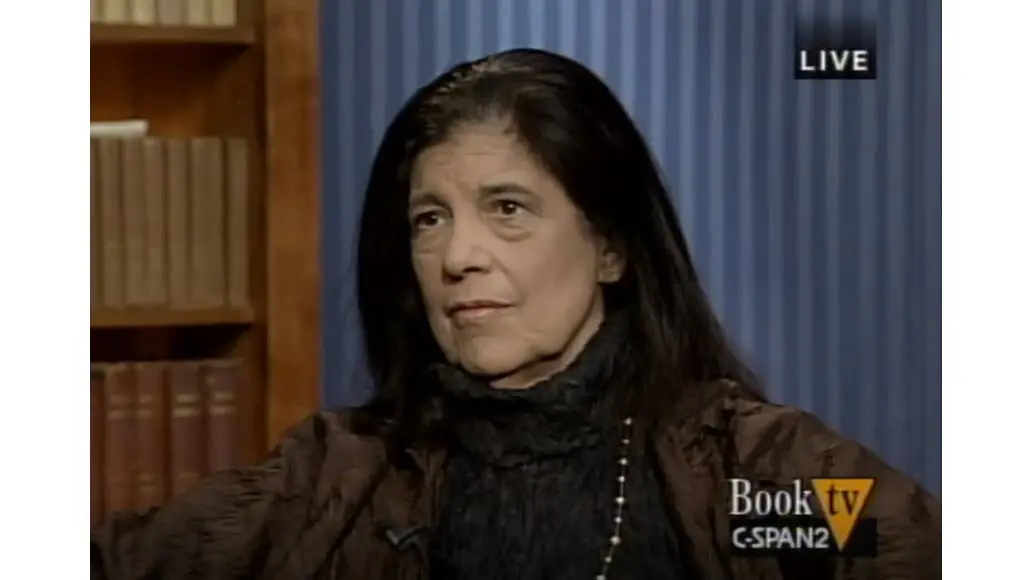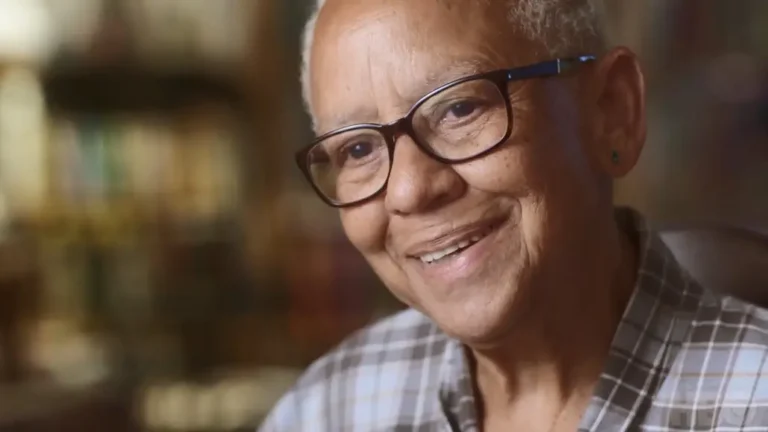7 Lessons for Communication Pros from Famous Writers
They may write great books, but these writers offer lessons anyone can use.
Business communicators and novelists have more in common than either might think. They can, for example, share a certain anxiety.
“There may be some writers who contemplate a day’s work without dread, but I don’t know them,” Mary Gordon wrote in a 1999 essay in The New York Times.
Her article was part of weekly column called “Writers on Writing,” where novelists, essayists and nonfiction writers shared their thoughts about their art and craft. The columns, which ran from 1999 to 2001, were collected into two volumes and are available on the Times’ website.
The columns are, not surprisingly, delightful to read. For example, John Updike’s character Henry Bech interviews the author and mocks the newspaper. William Saroyan ponders whether he or Sirak Goryan was the more promising Armenian writer. And Alice Walker describes how she clears her mind.
“It’s a subject of interest to a lot of people how writers go about doing what they do, and many of them have little tricks,” John Darnton, who conceived and edited the column when he was culture editor, said in an interview.
He was also personally interested in the topic, having written two of his five novels before the column began.
In our Build Better Writers program, we’ve found that professional communicators learn by reading, writing and being edited.
“That’s maybe the most important thing: You read carefully authors that you respect, and you learn a lot by how they do it,” Darnton said. “I learned as a copy boy at the Times by talking with reporters, but largely from reading articles by reporters that I respected…. And then I had to write stories on the side, and I would learn from the editing process.”
He won a Pulitzer Prize for International Reporting in 1982 and retired from the newspaper in 2005 after a 39-year career.
Thumbing through the first volume of the “Writers on Writing” book revealed that these illustrious authors followed many of the lessons we share in our own writing program. Here are five:
1. Get the first sentence right.
Jamaica Kincaid began her column, published in 1999, by describing the beginning of a novel she was writing called, “Mr. Potter.” In the Times, she wrote:
“How do I write? Why do I write? What do I write? This is what I’m writing: I am writing ‘Mr. Potter.’ It begins this way: this is the first sentence: ‘Mr. Potter was my father; my father’s name was Mr. Potter.’ So much went into that one sentence; much happened before I settled on those eleven words.”
It’s difficult to get people’s attention, so it’s important to get the big stuff right: the image; the lede, or first sentence; and the headline.
Ironically, when the book was published nearly three year later, this was the first sentence:
And that day, the sun was in its usual place, up above and in the middle of the sky, and it shone in its usual way so harshly bright, making even the shadows pale, making even the shadows seek shelter; that day the sun was in its usual place, up above and in the middle of the of the sky, but Mr. Potter did not note this, so accustomed was he to this, the sun in its usual place, up above and in the middle of the sky; if the sun had not been in its usual place, that would have been a big change in Mr. Potter’s day, it would have meant rain, however briefly such a thing, rain, might fall, but it would have changed Mr. Potter’s day, so used was he to the sun in its usual place, way up above and in the middle of the sky.
So much went into that one sentence. Much must have happened before Kincaid settled on those 152 words. Communicators should put the same effort into writing a good lede.
2. Write, read and rewrite.
Speaking about how much goes into that first sentence brings us to Susan Sontag. Best known as an essayist, she also wrote several short stories and novels. Sontag, who died in 2004 at age 71, described her writing process this way:
“To write is to practice, with particular intensity and attentiveness, the art of reading. You write in order to read what you’ve written and see if it’s OK and, since of course it never is, to rewrite it — once, twice, as many times as it takes to get it to be something you can bear to reread. You are your own first, maybe severest, reader.…
“To write is to practice, with particular intensity and attentiveness, the art of reading. You write in order to read what you’ve written and see if it’s OK and, since of course it never is, to rewrite it — once, twice, as many times as it takes to get it to be something you can bear to reread. You are your own first, maybe severest, reader.…
“But is what you’ve written straight off never all right? Sometimes even better than all right. And that only suggests to this novelist at any rate, that with a closer look, or voicing it aloud — that is, another reading — it might be better still.”
If Jerry Seinfeld can be an aggressive editor of his own writing, you can too.
3. Learn from editing.
According to Kurt Vonnegut, a few days before he began writing his column, a Times editor asked him, “Can you really teach anyone how to write?”
“I guess that was me,” Darnton said in the interview.
Vonnegut went on: “My reply: ‘Listen, there were creative writing teachers long before there were creative writing courses, and they were called and continue to be called editors,’” wrote Vonnegut, who died in 2007 at age 84. “The Times guy who wondered if anybody could be taught how to write was taught how to write by editors.”
Most organizations want to improve their writing, but they don’t pay enough attention to editing, which is how writers learn. Humbly said, that’s why we designed our Build Better Writers program to include weeks of one-on-one editing, so that writers can put in practice the lessons learned during our workshops.
4. Know your audience.
Nobel Laureate Saul Bellow, who died in 2004 at age 89, described a lesson he learned from another novelist.
“John Cheever told me long ago that it was his readers who kept him going, people from every part of the country who had written to him,” he wrote. “When he was at work, he was aware of these readers and correspondents…. ‘If I couldn’t picture them, I’d be sunk,’ he said.”
Communicators who practice brand journalism develop strong connections with their audiences. Using the techniques of reporting and storytelling make their work much more rewarding than traditional public relations. We recommend that companies include bylines on stories because it deepens that connection between the audience and the writer.
5. Remember the fundamentals.
For many years, Scott Turow tried to write a novel but was stumped how to do it, even after teaching creative writing. “To lead and arouse a universal audience seemed the writer’s task, yet it was hardly clear to me how to do it.”
It wasn’t until he worked as a federal prosecutor and tried cases before a jury that the author of “Presumed Innocent” and other novels found the answer.
“The trial lawyer who lost the audience also inevitably lost the case. Engaging the jury was indispensable, and again and again I received the same advice about how to do it: Tell them a good story.… Thus I suddenly saw my answer to the literary conundrum of expressing the unique for a universal audience: Tell them a good story.”
It’s as simple and as hard at that.
The expertise of these accomplished writers is likely beyond the reach of humble business communicators such as us. But we can take encouragement from one of the lesser-known contributors to the “Writers on Writing” column: Paul West, who died in 2015 at age 85.
“The writer cannot always burn with a hard gemlike flame or a white heat,” he writes, “but it should be possible to be a chubby hot-water bottle, rendering maximum attentiveness in the most enterprising sentences.”
We at least can all be hot-water bottles.
Tom Corfman is a senior consultant with Ragan Consulting Group, where he aims to inspire writers with the fun of writing.
Contact our client team to learn more about how we can help you with your communications. Follow RCG on LinkedIn and subscribe to our weekly newsletter here.






